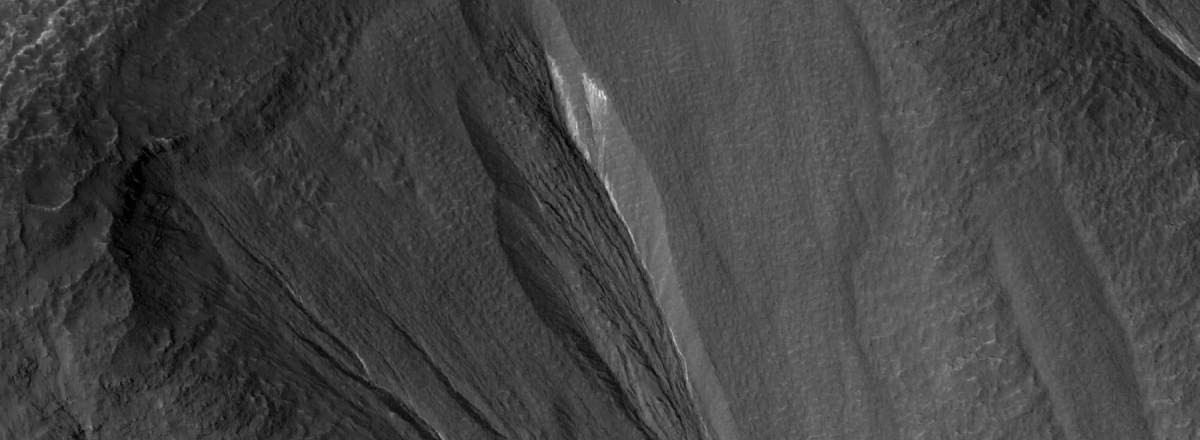Martian Dusty Ice May Harbor Conditions for Life, Scientists Suggest
The findings suggest that despite the planet's hostile conditions, thin "habitable zones" might exist under the ice, where ancient life could have survived in more water-abundant eras.

A new study from astrobiologists proposes that layers of dust-covered ice on Mars could create a shield from harmful ultraviolet radiation, potentially allowing for life beneath the surface. The findings suggest that despite the planet's hostile conditions, thin "habitable zones" might exist under the ice, where ancient life could have survived in more water-abundant eras.
The research highlights that the combination of dust and ice could protect against radiation and provide enough sunlight for photosynthesis, creating a potential environment for microbial life. According to the study, these habitable zones could be located just a few centimeters to several meters below the surface, depending on dust concentrations.
While Mars’ dry atmosphere and exposure to cosmic radiation have long made the existence of life seem unlikely, the study opens new avenues for future exploration. Researchers are hopeful that missions like NASA’s Perseverance rover might still uncover traces of life beneath the Martian surface.

